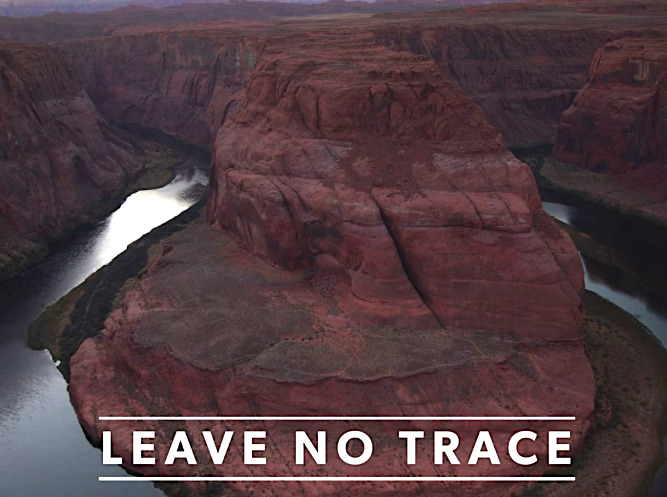Places We've Shaped
Overcoming ‘Over Tourism’ in Natural Areas — More Visitors, More Problems?


An analysis of U.S. tourism by the trade group Omnitrak recently described the state of the 2023 travel season: “With lower gas prices and easing inflation, U.S. households have wasted no time in hitting the highways and skies for summer vacations,” said Omnitrak’s president Chris Kam. “During the pandemic, consumers’ discretionary spending shifted toward shopping for goods as travel was curtailed, and now we are seeing the continued shift back to spending on travel experiences.”
The return of travelers in high volumes, however, is often perceived as a mixed blessing. At what point does tourism become “over tourism” — a buzzword that has become prominent in recent years?
According to tourism researcher Kelly Bricker, PhD. of Arizona State University, the key to understanding over tourism is to look beyond the actual number of visitors. “It’s about the impacts that communities and their associated resources face — for example, when social-cultural, environmental, and economic aspects of a community are negatively impacted and not supported to the degree that tourism brings benefits, communities may be experiencing over tourism, or unmanaged tourism.”
To protect natural areas from over tourism, some of the most restrictive remedies include reduced visiting times, permitting systems, fencing and physical barriers, and outright closures. However, less intrusive solutions can also be deployed, such as dispersing traffic to less-visited locations, increasing the presence of rangers and park staff, and educating visitors about how to lower their impacts.
Leave No Trace created a visitor’s guide to Horseshoe Bend, a stunning natural area in Arizona that exploded in popularity a few years ago. The guide was created with input from community members, park staff, and local tourism leaders to help people understand the area’s particular considerations for enjoyable, safe experiences.
“The vast majority of people who visit natural spaces have no intention of harming the environment,” says Andrew Leary, the director of Leave No Trace’s Sustainable Tourism program. “However, we know that providing visitors with simple, actionable advice about the things they can do to protect nature results in measurably better outcomes. Leave No Trace provides an effective framework that people can easily understand — plus, it’s a more enjoyable experience for visitors when they perceive themselves as stewards of the natural world.”
Stay tuned — this fall, Leave No Trace will feature a webinar about over tourism and management solutions to address it.
Let’s protect and enjoy our natural world together
Get the latest in Leave No Trace eNews in your inbox so you can stay informed and involved.
